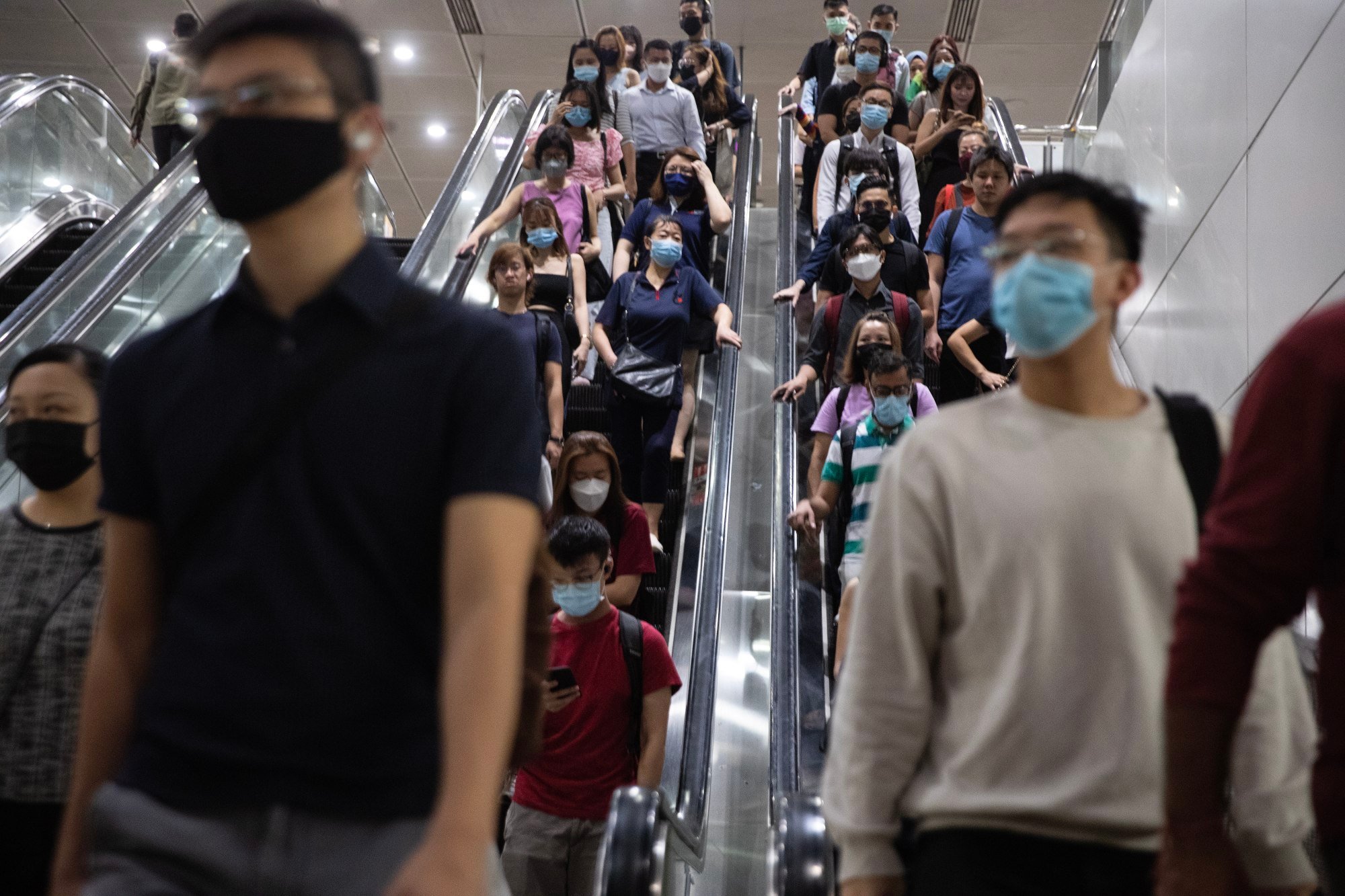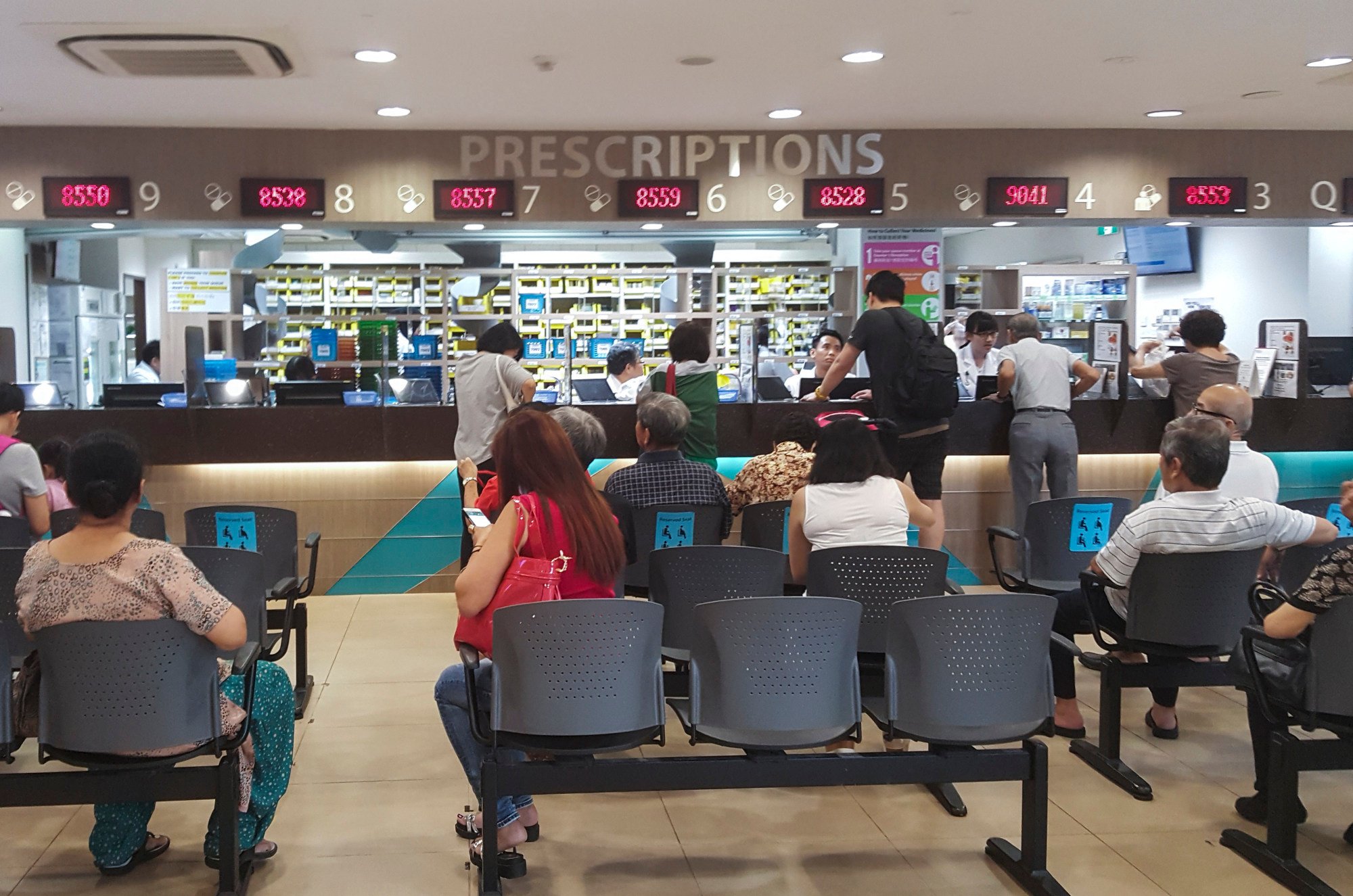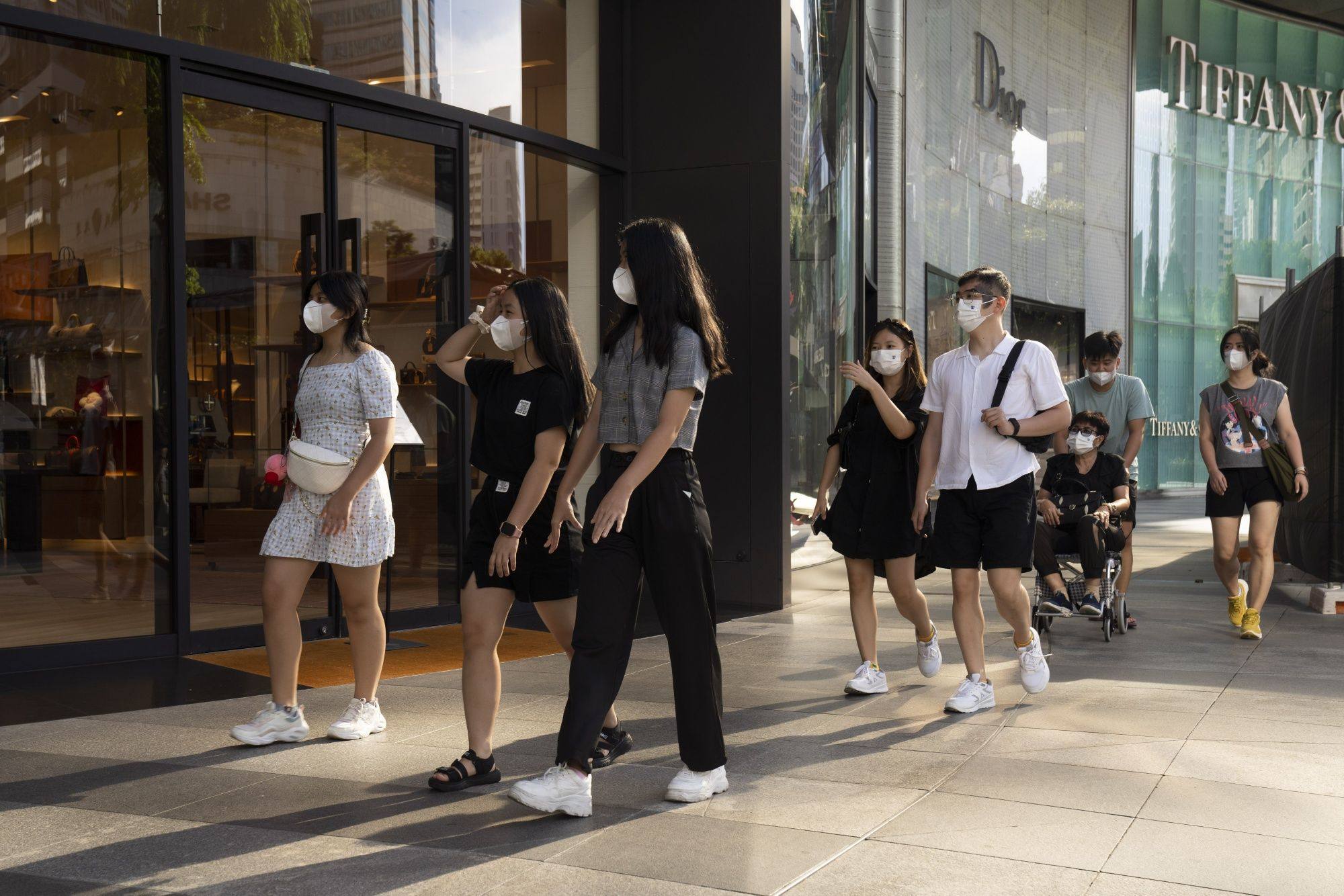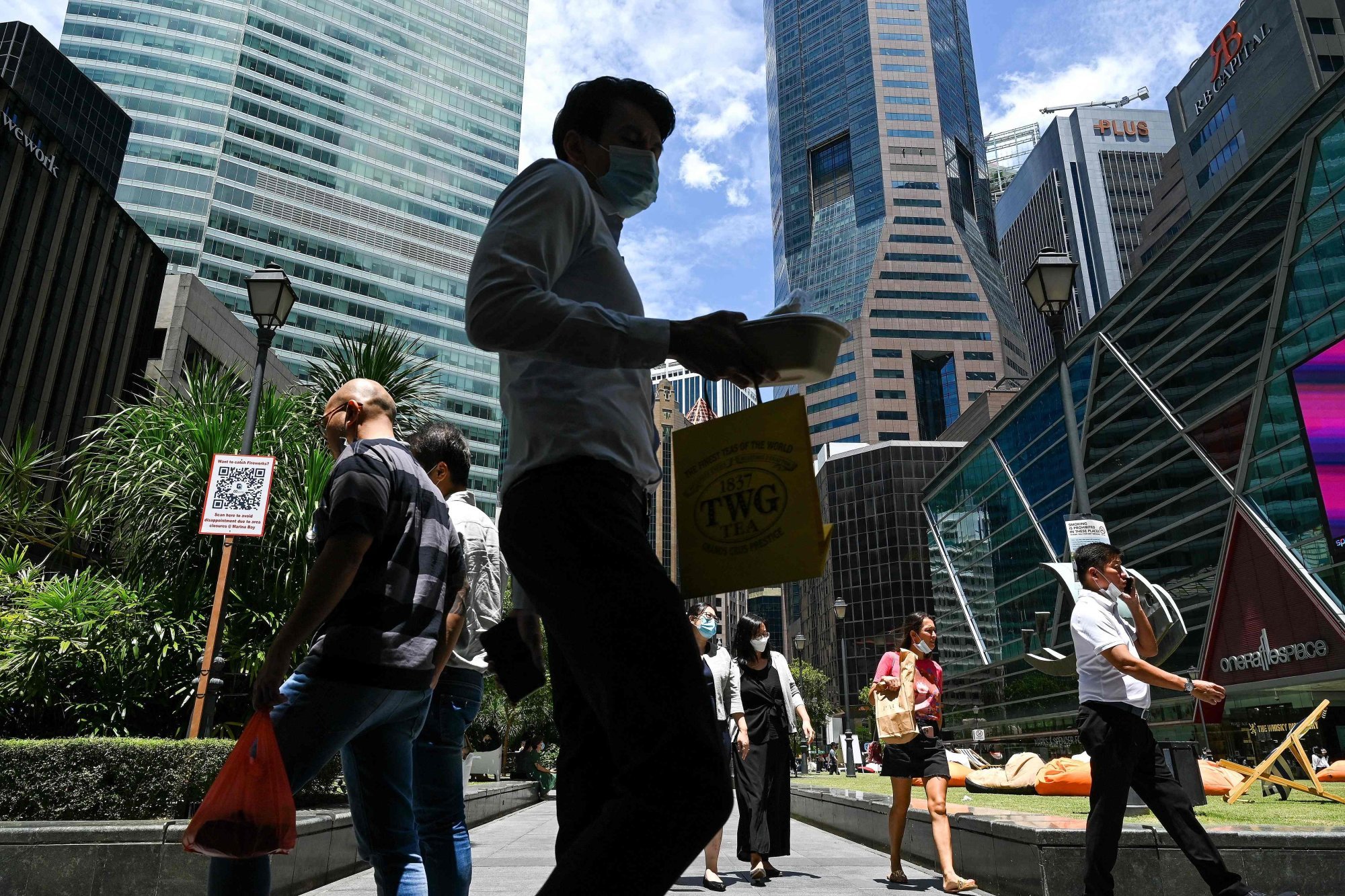The estimated number of cases in the week of May 5 to 11 rose to 25,900 – almost double from the week before, the health ministry said in an update last weekend.
“The ministry of health is closely tracking the trajectory of this wave. To protect hospital bed capacity and as a precaution, public hospitals have been asked to reduce their non-urgent elective surgery cases, and move suitable patients to care facilities,” it said.

Health Minister Ong Ye Kung urged the elderly and vulnerable to get an additional dose of the vaccine if they had not done so in the last year.
“We are at the beginning part of the wave where it is steadily rising. So I would say the wave should peak in the next two to four weeks, which means between mid- and end of June.”
Yet, the “mildness of this current wave” may cause it to drag out for a long time, said Paul Tambyah, president of the International Society for Infectious Diseases.
“This is because individuals who are mildly infected will carry out their normal activities and spread the virus far and wide rather than resting at home, which they would have done with a more serious illness.”
Since news about the rise in the number of cases broke, many pharmacies have seen Covid-19 test kits fly off the shelves, with some reporting a 150 per cent increase in demand in the last week, according to a report by national broadsheet The Straits Times.
But pharmacies have tried to allay public concerns of short supply and said they have maintained steady stock levels.

Infectious disease experts who spoke to This Week in Asia said the surge would not create stress on the public healthcare system, despite an expected increase in the number of cases due to the KP. 2 and KP. 1 variants.
The KP. 2 and KP. 1 variants are part of the “FLiRT” group, which originated from the Omicron branch of the coronavirus.
“While there is no indication that the circulating variants are more transmissible or cause more severe disease compared to previous variants, immunity in the population has likely waned over time especially for those who did not get their boosters,” said Dr Vinod Balasubramaniam, a molecular virologist and senior lecturer at Monash University Malaysia.
“It’s important to monitor these mutations closely to understand their impact on the virus’ behaviour, transmission, and the effectiveness of vaccines and treatments.”
Variants abroad
The new variant has been linked to fresh Covid-19 cases in several countries, including the United States, Australia, China and Thailand.
Following reports of new cases in Singapore, Malaysia’s health ministry said it was closely monitoring the situation in the neighbouring state.
“The most widespread variant in Malaysia is still Omicron and its subvariants,” Malaysia’s Health Minister Dzulkefly Ahmad said in a statement on Sunday, adding there had only been one case each of the KP. 2.1 and the KP1.1. variants recorded since March.
Meanwhile, India’s health ministry said on Tuesday it had recorded 290 cases of the KP. 2 variant and 34 cases of KP. 1 this month.
Anurag Agarwal, dean of the Trivedi School of Biosciences at Ashoka University in India, said a surge in cases was likely, but the country’s healthcare system was not expected to come under pressure.
“[There is] no major public health risk that I anticipate beyond the rise in infections and of course a few severe cases,” he said, pointing to a similar rise in cases during the last wave in December with the JN.1 variant.

The symptoms associated with FLiRT variants are similar to those of the Omicron variants, Balasubramaniam says, warning that the elderly were more vulnerable to severe illness due to weaker immune functions and age-related physiological changes.
“There are no published reports, but anecdotally from patients I have seen, the symptoms seem to be the same as other variants – fever, cough and sore throat,” Tambyah said.
“I do not think that people should be more concerned than they are about the other variants or seasonal influenza, for that matter.”
Yet, the experts noted that vaccine effectiveness of the variants were still being studied.
Balasubramaniam listed two preliminary studies by researchers in Japan and China, which suggested FLiRT variants might be better than JN.1 at dodging immune protection from vaccines.
He added that vaccines however, still remained helpful in protecting against severe illness that might lead to death or the need for hospital treatment.

Tambyah also noted patients recently infected with the previous dominant strain JN.1 might be protected from the current wave.
Managing this latest wave of infections should be “little trouble” for governments and hospitals, said Leong Hoe Nam, a Singapore-based infectious diseases specialist.
“Hospitalisation rates will not be that severe because of previous vaccinations and infections. They do reduce the chance of severe infections,” he said. “In addition, we have good antiviral agents available. This will mitigate the numbers if used wisely.”
Tambyah agreed, noting that governments in the region were better prepared to tackle the new wave because it was mostly mild, and they have had more than three years of pandemic experience.
“The key is to reassure the public that most of them can be treated symptomatically by their local pharmacists or family physicians and that only those who have difficulty in breathing or are moderately severely ill need to be seen in hospital.
“Otherwise, healthcare facilities run the risk of being overwhelmed by the ‘worried well’,” Tambyah said.


